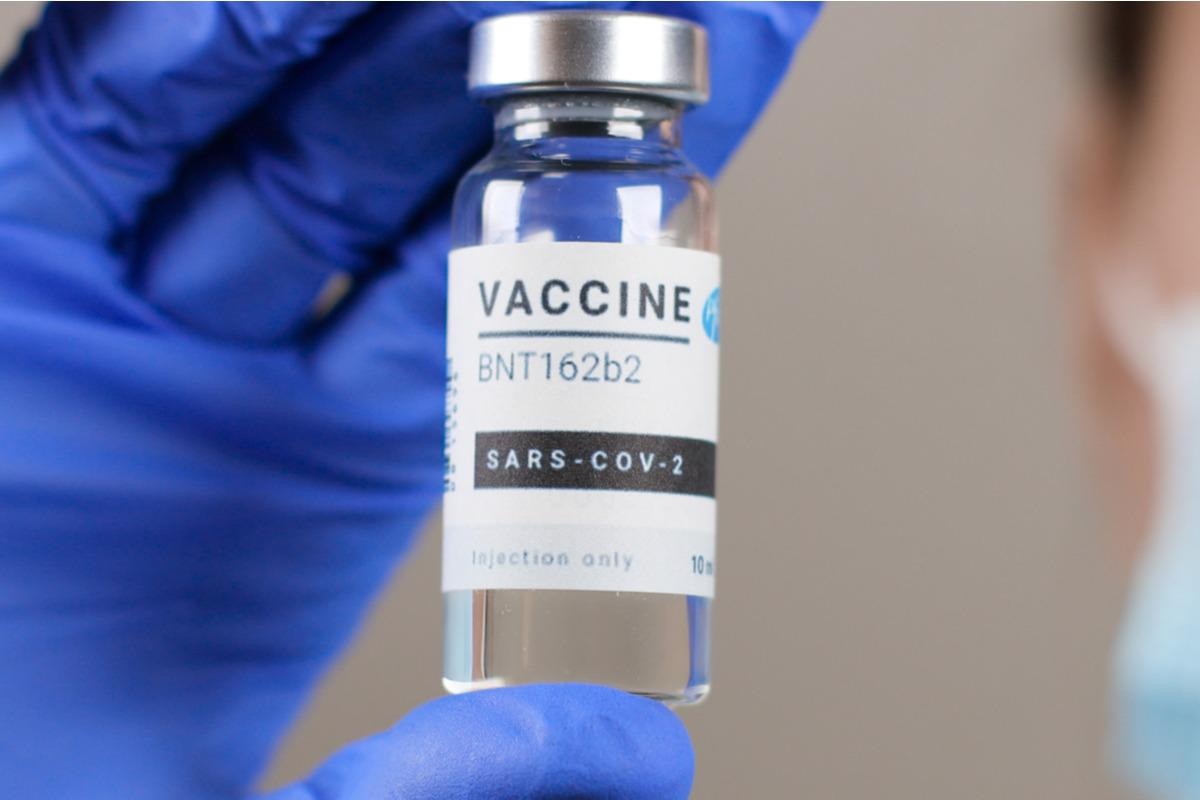 By Neha MathurReviewed by Danielle Ellis, B.Sc.Mar 18 2022
By Neha MathurReviewed by Danielle Ellis, B.Sc.Mar 18 2022In a recent study published in Nature Immunology, researchers analyzed the innate and adaptive responses to the messenger ribonucleic acid (mRNA)-based BNT162b2 coronavirus disease 2019 (COVID-19) vaccine in mice.
 Study: Mechanisms of innate and adaptive immunity to the Pfizer-BioNTech BNT162b2 vaccine. Image Credit: Irina Shatilova/Shutterstock
Study: Mechanisms of innate and adaptive immunity to the Pfizer-BioNTech BNT162b2 vaccine. Image Credit: Irina Shatilova/Shutterstock
Background
Despite its wide global usage, how the BNT162b2 vaccine stimulates protective immunity is unknown. It is yet not understood how the host’s innate immune system senses the BNT162b2 vaccine; likewise, the cellular origin of the high amounts of interferon-gamma (IFN-γ) and how they enhance innate immunity after the second dose of the BNT162b2 vaccine is unclear.
Furthermore, studies have elucidated how vaccination with BNT162b2 induces antigen-specific CD8+ T cell responses in the blood; however, data evidence on the immune responses in tissues is currently missing. In addition, the in vivo presence of the BNT162b2 vaccine encoded mRNA, and the spike (S) protein remains poorly understood.
Overall, there is a knowledge gap related to the mechanisms of action of the BNT162b2 vaccine. Notably, the BNT162b2 vaccine comprises N1-methyl-pseudouridine (m1Ψ) nucleoside-modified mRNA encapsulated in a lipid nanoparticle (LNP). Its translation following intramuscular administration results in the expression of the S protein and S-specific B and T cell responses.
About the study
In the present study, researchers analyzed the overall immune responses induced by the BNT162b2 vaccine in mice.
They analyzed the immune responses after administration of the first and the second vaccine doses in mice organs, including the spleen and lung; additionally, in their non-draining lymph nodes, draining lymph nodes (dLNs), and other organs at the cellular level. They also analyzed how innate immunity sensed the BNT162b2 vaccination and mechanisms that controlled eliciting of antigen-specific neutralizing antibodies (NAbs) and T cell responses to BNT162b2 vaccination.
The team injected 5 μg of BNT162b2 in the C57BL/6 mice on days 0 and 21. Further, they analyzed the dLNs by multiparametric flow cytometry to profile the innate immune response induced by the BNT162b2 vaccine. Further, they evaluated the serum cytokine responses in mice using a Luminex assay.
Study findings
The primary immunization with BNT162b2 elicited detectable CD4+ and CD8+ T cell responses in the lung and spleen of mice; however, the frequency of these antigen-specific CD8+ T cells dramatically increased only after the secondary immunization, especially in the lung.
Anti-S binding immunoglobulin G (IgG) responses increased significantly at day 14 after primary immunization and persisted until day 21. These responses increased ten-fold after the second dose of the BNT162b2 vaccine.
Besides inducing antigen-specific binding and NAbs, the BNT162b2 immunization also increased the germinal center (GC) B cells, T follicular helper (TFH) cells, and plasma cells in the dLNs, which peaked on day 7.
Experiments using a 0.2 μg dose of the BNT162b2 vaccine in mice (equivalent to vaccine dose given to humans based on the bodyweight) also resulted in similar humoral immune responses (B cell + T cell induction); however, their magnitude was ten-fold lower.
Similar to the BNT162b2-related responses in humans, the mice displayed enhanced plasma concentrations of IFN-γ, enhanced activation of myeloid cells, and dendritic cells (DCs) in the dLNs after receiving the second dose of the BNT162b2 vaccine. Subsequently, the authors noted that the main source of serum IFN-γ one day after secondary immunization were the CD4+ and CD8+ T cells, which resulted in the enhanced myeloid cell activation.
Notably, the enhanced IFN-γ response following secondary immunization most likely handled the innate antiviral immunity during the initial weeks of vaccination, when B and T cell responses were in their nascent stage.
Additionally, the authors found BNT162b2 mRNA in monocyte and macrophage cells in the dLNs, similarly in the spleen, and detected S protein in mice serum for up to seven days after the immunization.
Regarding modulation of adaptive immunity by the BNT162b2 vaccine, the authors observed that in various strains of knockout mice, T cells and NAb responses were independent of toll-like receptors 2 (TLR2)–TLR5, and TLR7. Additionally, they did not depend on viral deoxyribonucleic acid (DNA)-sensing pathways, including the cyclic GMP–AMP synthase- –stimulator of interferon genes (cGAS-STING) pathway that detects the presence of viral cytosolic double-stranded DNA (dsDNA). In general, these pathways control immune responses to the seasonal flu and other unadjuvanted vaccines.
Furthermore, test animals deficient in receptor-interacting protein kinase 3 (RIP3 kinase) and gasdermin D mounted normal T cell and NAb responses against the BNT162b2 vaccine, thus, indicating that cell death pathways are not a pre-requisite for the immunogenicity of this vaccine.
Conclusions
The study findings provided much-needed insights about the innate and antigen-specific T and B cell responses induced by the BNT162b2 mRNA vaccine in vivo to guide the designing of improved vaccines in the future. However, the study could explain several phenomena related to BNT162b2 immunogenicity.
It is yet unclear whether BNT162b2 causes epigenetic changes on a genomic level to provide broader protection against other infectious diseases. It is also not clear whether these responses are relevant to other viral infections, more importantly, whether these findings with BNT162b2 apply to other mRNA vaccines, such as mRNA-1273 and MRT5500. Finally, whether the current findings in mice are applicable in the context of similar studies in humans is yet to be determined.
To conclude, further research is required to help develop an integrated understanding of how the immune systems sense and respond to mRNA-based COVID-19 vaccines.